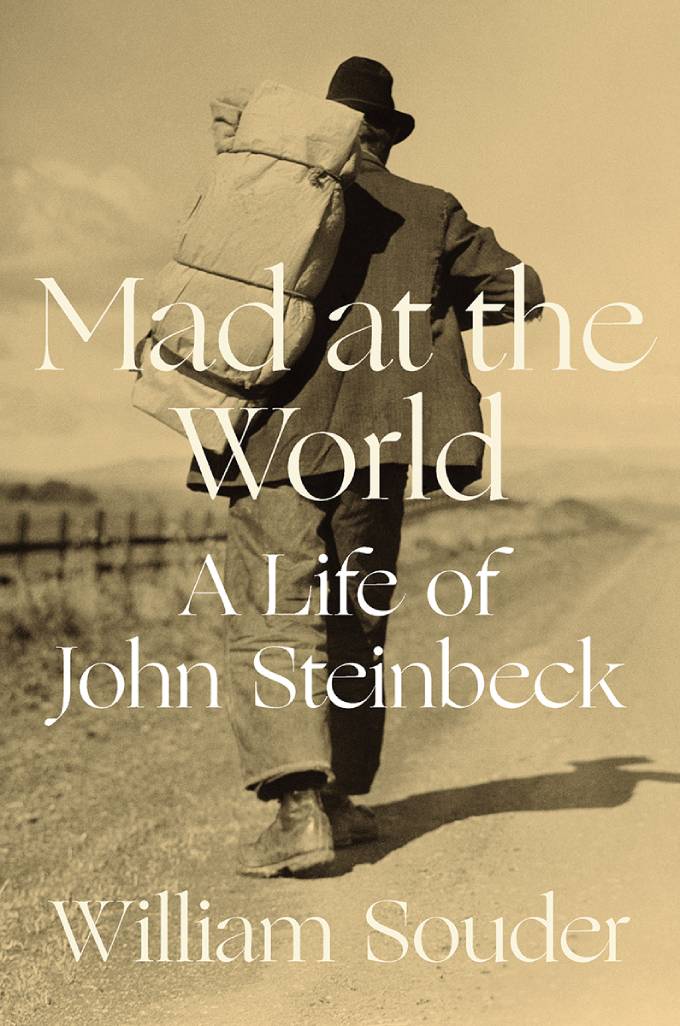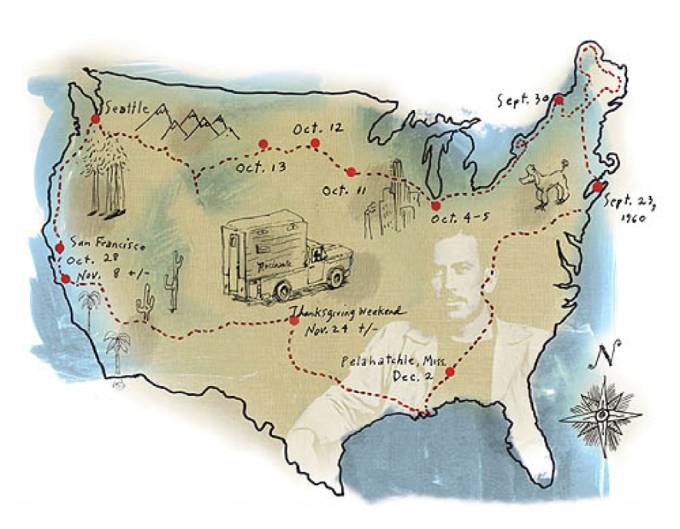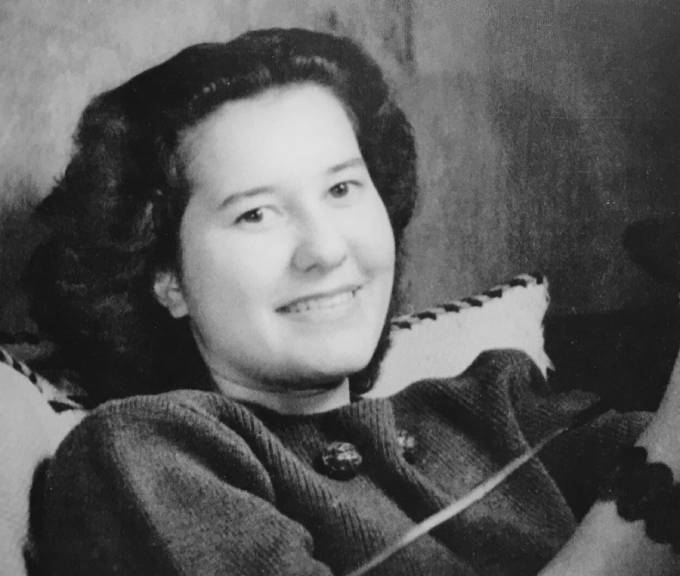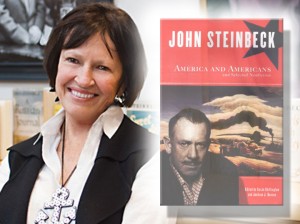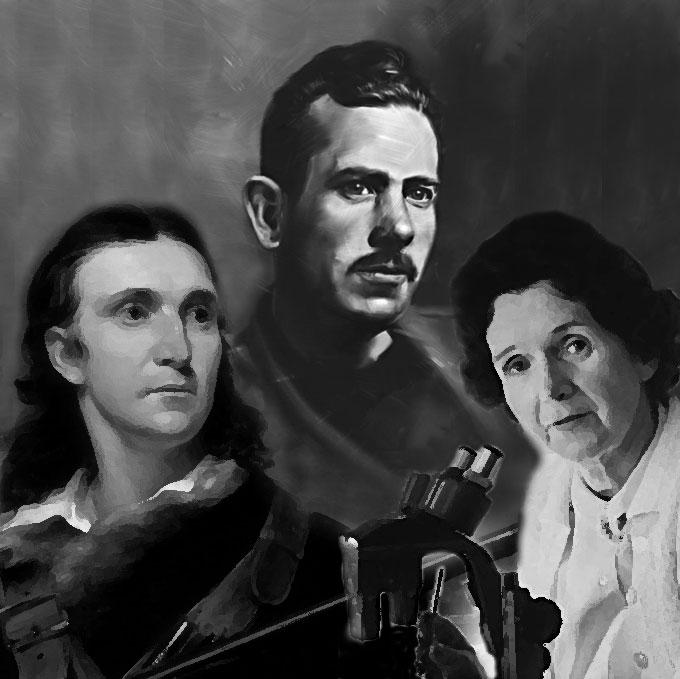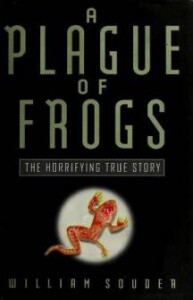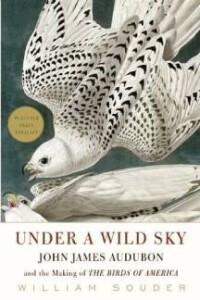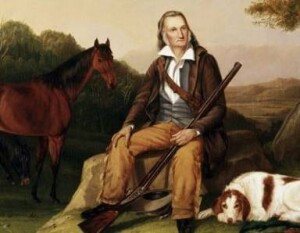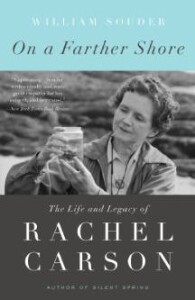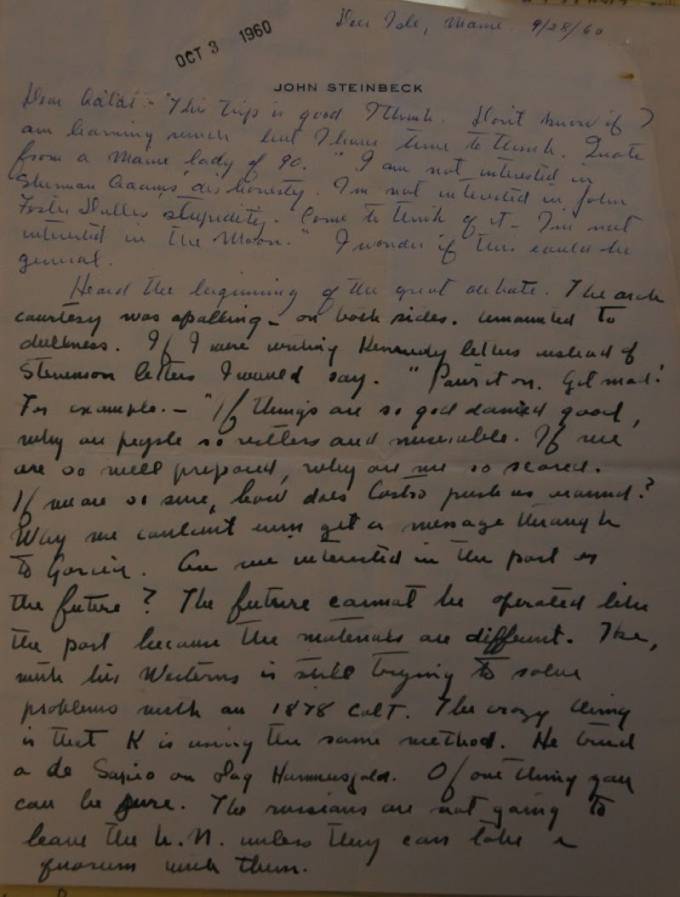 John Steinbeck, who was in Maine on his Travels with Charley road trip at this time in 1960, did not see the historic first TV debate between JFK and Nixon, but he heard it. He wasn’t impressed. As he wrote in this September 28, 1960 letter to his political hero, pen pal, and two-time losing presidential candidate Adlai Stevenson, he thought the world’s first televised presidential debate was too courteous and therefore dull. The world-famous writer was a socially well-connected New Yorker, an openly partisan Democrat, and a Nixon-hater with a keen interest in the JFK-Nixon race. As best I can decipher his Steinbeckian sprawl, this is what he wrote:
John Steinbeck, who was in Maine on his Travels with Charley road trip at this time in 1960, did not see the historic first TV debate between JFK and Nixon, but he heard it. He wasn’t impressed. As he wrote in this September 28, 1960 letter to his political hero, pen pal, and two-time losing presidential candidate Adlai Stevenson, he thought the world’s first televised presidential debate was too courteous and therefore dull. The world-famous writer was a socially well-connected New Yorker, an openly partisan Democrat, and a Nixon-hater with a keen interest in the JFK-Nixon race. As best I can decipher his Steinbeckian sprawl, this is what he wrote:
Dear Adlai:
This trip is good I think. I don’t know if I am learning much but I have time to think. Quote from a Maine lady of 90: “I am not interested in Sherman Adams’ dishonesty. I am not interested in John Foster Dulles’ stupidity. Come to think of it, I am not interested in the Moon.“ I wonder if this could be general.
Heard the beginning of the great debate. The arch courtesy was appalling — on both sides. Amounted to dullness. If I were writing Kennedy letters instead of Stevenson letters I would say, “Pour it on. Get mad! For example — “If things are so goddamn good, why are people so restless and miserable. If we are so well prepared, why are we so scared. If we are so sure, how does Castro push us around? Why we couldn’t even get a message (unclear) to Garcia. Are we interested in the past or the future? The future cannot be operated like the past because the materials (?) are different. Ike, with his Westerns is still trying to solve problems with an 1878 Colt. The crazy thing is that K is using the same method. He tried a DeSapio on Dag Hammarskjöld. Of one thing you can be sure. The Russians are not going to leave the U.N. unless they can take a quorum with them.
“K” was USSR Premier Nikita Khrushchev. Sherman Adams was the Eisenhower White House aide who resigned under fire in 1958 after accepting a vicuna coat and other gifts from an old friend who was having problems with the government. Dag Hammarskjöld, another Steinbeck friend, was United Nations Secretary-General. According to Wikipedia, “Carmine Gerard DeSapio was an American politician from New York City. He was the last head of the Tammany Hall political machine to dominate municipal politics.” Steinbeck and his dog Charley continued their road trip around the USA for almost another 10,000 miles and about 75 days. Everything you need to know about Steinbeck’s trip and his iconic road book, and lots you don’t, can be found in Dogging Steinbeck, the book I wrote about the many fictions I discovered in Travels with Charley when I set out to replicate Steinbeck’s journey “in search of America.”
John Steinbeck’s September 28, 1960 letter to Adlai Stevenson is at Princeton’s Seeley G. Mudd Manuscript Library.

